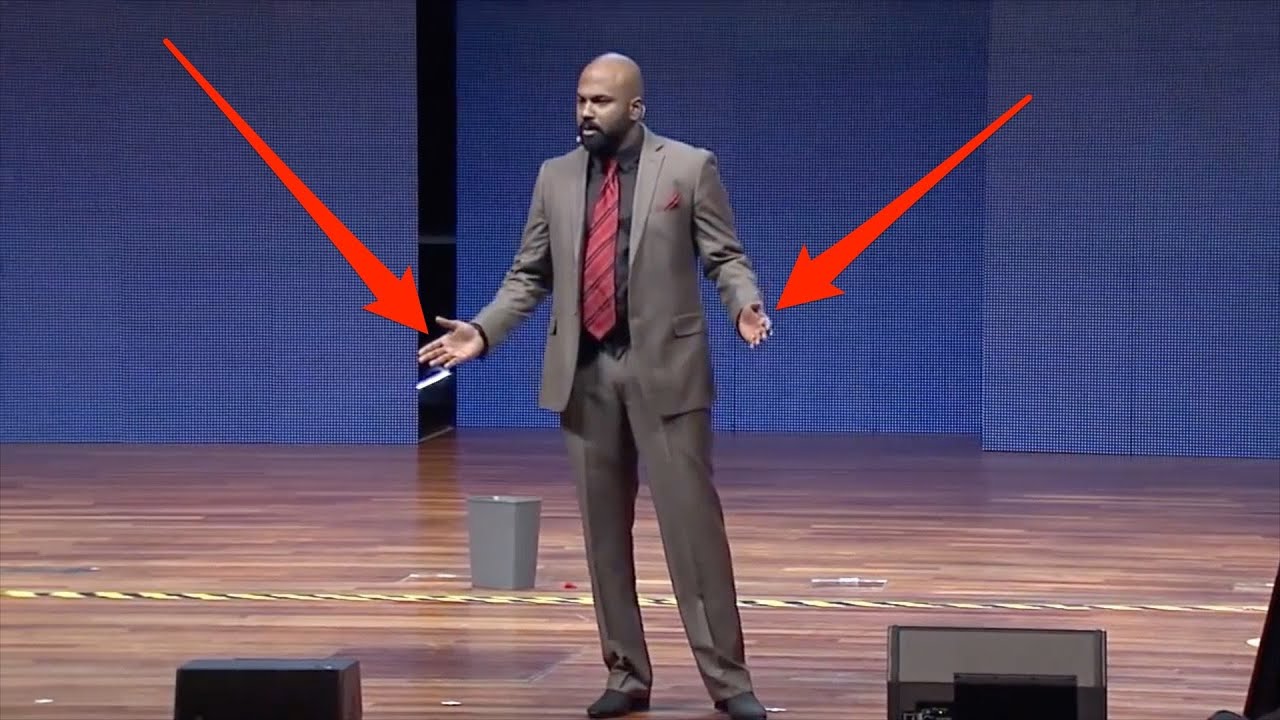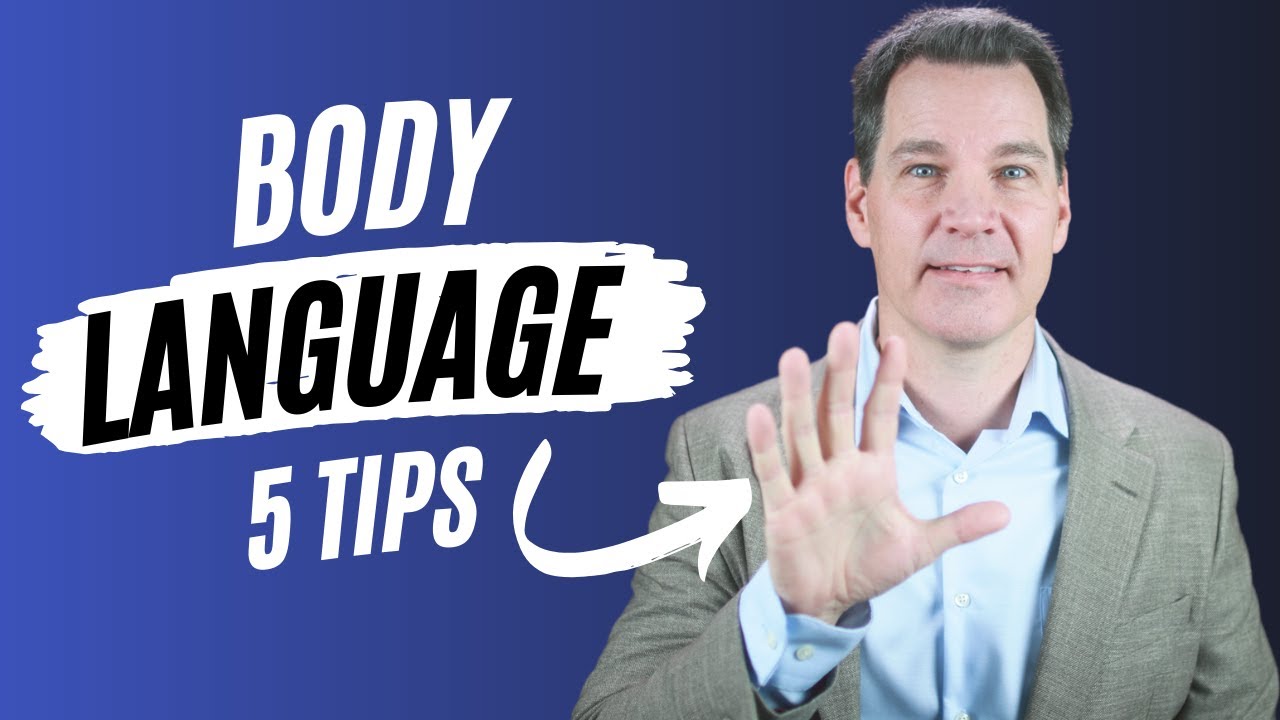In the competitive arena of public speaking, effective communication extends beyond just spoken words. One key aspect that can elevate a speaker’s impact is body posture in public speaking. Proper posture not only conveys confidence but also shapes audience perception and engagement. This article dives into how body posture, alongside body language and gestures, plays a pivotal role in captivating audiences during presentations and speeches.

7 Powerful Ways Body Posture in Public Speaking Enhances Engagement
osture in public speaking: a confident speaker on stage, engaging the audience.
Body posture in public speaking: a group of diverse speakers sharing ideas passionately.
Body p
a group of diverse speakers sharing ideas passionately.
Body posture in public speaking
in public speaking: a confident speaker on stage, engaging the audience.
Body posture in public speaking: a group of diverse speakers sharing ideas passionately.
Body posture in public speaking: a dynamic pose that captures attention and inspires action.
Body posture in public speaking: a side-by-side comparison of good versus bad posture.
1. Open Posture: The Foundation of Trust
Emphasizing an open posture sends a strong message of accessibility and approachability. Think of TED speaker Amy C. Edmondson; her open stance, arms outstretched like an invitation, radiates both confidence and a willingness to connect. When you position yourself with an open posture, you invite your audience into your world, making them more receptive to your message. The impression you leave begins even before you utter your first word.

2. The Power of Alignment: Standing Tall
Standing tall, with shoulders back, is a subtle yet powerful way to project confidence. A study published in the Journal of Personality and Social Psychology reveals that maintaining an upright posture improves mood and positively influences vocal tone. Take Barack Obama, for instance; his tall, commanding presence adds undeniable weight to his speeches. Standing with confidence amplifies your credibility and enables your voice to resonate with authority.

3. Gestures in Public Speaking: Amplifying Your Message
Purposeful gestures can enrich your spoken words. Steve Jobs frequently relied on hand gestures to underline key points and evoke emotional responses. His gestural flow matched the narrative perfectly, compelling the audience to engage deeply with the subject matter. By integrating hand gestures in public speaking, you create a powerful synergy between your message and your delivery.
4. Micro-Expressions and Body Language in Public Speaking
Non-verbal cues—such as facial micro-expressions—significantly influence audience perceptions. Brené Brown is a master at using these cues; her authentic expressions resonate with her stories about vulnerability. Through her use of body language in public speaking, she establishes a genuine connection. Remember, authenticity breeds trust, and your audience can feel it!

5. Positioning: The Importance of Proxemics
Understanding the space around you and how to position yourself is crucial for captivating an audience. By moving around the stage, like Simon Sinek does, you create a dynamic connection. Effective positioning transforms your performance, drawing the audience in and embodying the principles of proxemics. It’s all about maximizing your presence to enhance engagement and interaction.
6. Effective Use of Hand Gestures in Public Speaking
Specific hand gestures can illustrate and emphasize points, making your speech far more memorable. Take Oprah Winfrey, who often uses gestures purposefully; her iconic “you get a car” gesture while hosting The Oprah Winfrey Show underscores excitement and invitation. These gestures enhance storytelling, creating emotional engagement and encouraging the audience to connect with your message.
7. The Impact of Posture on Credibility
Your posture shapes perceptions of authority and credibility. A discussion in the Harvard Business Review on “power posing” suggests that adopting powerful postures can heighten feelings of confidence. CNN anchor Clarissa Ward exemplifies this by maintaining an upright, confident posture even during challenging live broadcasts, enhancing her credibility. Stand tall, and let your posture speak volumes about your command of the stage.

The Interplay Between Posture, Gestures, and Audience Connection
Mastering public speaking involves understanding the interplay between body posture, gestures, and overall body language. Each element serves a purpose: posture establishes authority, gestures illustrate weighty points, and body language conveys genuine emotion. The integration of these elements can significantly enhance the overall delivery of a speech.
By observing seasoned speakers, we can glean valuable insights. For example, motivational speaker Tony Robbins utilizes his full body—posture, gestures, and movement—to create an immersive experience. He merges physical presence with a profound message, drawing audiences into his energetic narrative. This seamless blend captivates listeners, making them feel the energy of his performance.
Final Thoughts on Body Posture in Public Speaking
Incorporating effective body posture in public speaking is integral to building trust, connection, and audience engagement. By being mindful of our physical presentation, we can transform our communication. Remember, every gesture, stance, and motion is an opportunity to tell a story that resonates. As you gear up for your next speech, think about how your body can be an ally in delivering a potent message that lingers long after the words have been spoken.
So let’s recap! You’ve got the tools to enhance your body language and presence. Remember the importance of an open posture, alignment, gestures, and proxemics. As you take these actionable insights to heart, you’re one step closer to captivating your audience and securing those coveted high-ticket speaking engagements. Now go out there and command the stage with confidence!
Ready to take your speaking to the next level? Check out our public speaking Courses For Adults that will arm you with the skills to not just speak but to resonate. Don’t overlook the significance of body posture During presentation—it could be your game-changer!

Body Posture in Public Speaking: Engaging Trivia and Interesting Facts
The Power of Posture
Did you know that body posture plays a pivotal role not just in conveying confidence, but also in how the audience perceives your credibility? Just like how Malika Andrews and Jalen Rose command attention with their poised demeanor during sports commentary, speakers can establish authority with a strong stance. A well-grounded posture—feet shoulder-width apart, shoulders back—can trigger a subconscious respect from listeners. It’s like the first impression you make when wearing a trendy chrome hearts shirt; the confidence it shows can set the tone for the entire conversation.
Communicating with Your Body
We often forget that body language communicates feelings and intentions far more effectively than words can. For example, a slight tilt of the head can signal engagement while maintaining an open posture invites audience connection. Much like when discussing your favorite KSI prime flavor at a gathering—enthusiasm and genuine connection amplify your message. Remember, a subtle change in body posture can sway opinions, much like how Major Winters showcased his leadership during tough times, making it clear that confidence in lower-stakes situations prepares you for tougher crowds.
The Audience’s Eyes and Ears
Statistics show that up to 93% of communication effectiveness is based on non-verbal cues such as body posture in public speaking. Imagine presenting to an audience that’s glued to every word, akin to how fans eagerly await new coloring pages anime drops. When you maintain eye contact and use expressive gestures, the audience feels involved, as if they’re part of the narrative. So, if you want your message to resonate, pay attention to your posture: it’s a vital piece of the puzzle that captivates attention and reinforces your spoken word.
Keeping these trivia points in mind can enhance one’s skills in public speaking and overall communication. You’ll find that a slight adjustment in your body posture can lead to profound improvements in how your message is received—making it a game-changer every time you step onto that stage.









